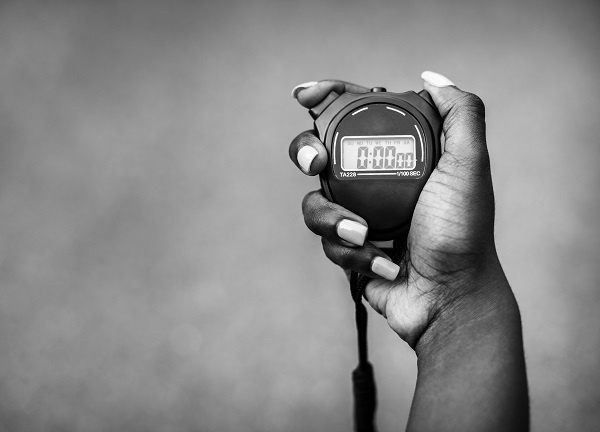We cannot deny that our health is important, and we should be willing to do all we can to protect it. This includes exercise, whether walking or stretching, to elevate the heart rate and keep muscles limber. But squeezing in the time to complete a workout can be tough.
Contents
Is Walking Enough?

We’re happy to report that, yes, walking is enough to maintain your health. It even comes with the advantage of being readily customized; you can easily change pace, intensity, and distance covered. Using hiking sticks can incorporate the upper body, and moving on different gradients or surfaces can add breadth and challenge.
To get the most benefit, we recommend you engage around 30 minutes a day. You can do it all at once or break it into intervals of 10 or 15 minutes each. A brisk pace of three to four miles an hour will keep the heartbeat up, but a slower pace will give you plenty of benefits as long as you stick to it.
The Power of Stretching

This exercise is often dismissed as unimportant, but it is, in fact, a vital form of body maintenance. Flexibility is a specific component of fitness and is designed to target the body’s range of motion. In total, it helps muscles heal, prevents aches and pains, and improves everyday movements.
In addition, this particular exercise helps resolve the tension in the body. In turn, muscles get the circulation they need for normal functioning. Circulation is critical in all body tissues because it distributes nutrition.
Recommended Frequency
Stretching is crucial to your health and should be incorporated into any exercise plan you undertake, whether that is running, walking, swimming, or cycling. As a general rule, engage every time you exercise; if you don’t regularly exercise, stretch at least three times a week to maintain flexibility.
The Right Amount of Exercise

It’s hard to pinpoint exactly how much exercise each person needs. We recommend around 30 minutes a day, but even 10 or 15 minutes is beneficial.
The truth is that only you know how much exercise you need, depending on your reasons for getting active, your current fitness level, and how quickly you want to achieve your goals. In addition, the exercise you choose will reflect your personal abilities and preferences, your schedule, and whether you exercise at home or in a workout facility like a gym.
Achieving the Best Results
A baseline recommendation is this: shoot for 150 minutes of moderate-intensity exercise every week or 75 minutes of vigorous-intensity activity. You could also do a combination of the two. Moderate intensity means you can speak a few words while engaging. Vigorous intensity, on the other hand, means you need a breath between even a few words.
We also recommend that you mix formal workouts with daily activities to get the healthy exercise you need. Keep in mind that just 30 minutes of all combined activities – including taking out the dog, cleaning, and shopping – can help you stay healthy. Add some strengthening activities two or three times a week to stay in peak condition.
Defining Strengthening Activities

Movements under this category involve working with exercise bands, doing sit-ups and pushups, and lifting weights. We recommend you choose activities that each focus on different parts of the body. Try to repeat the exercises associated with each muscle group 8 to 10 times per session.
Make Movement a Priority

Another basic recommendation is that you move more and sit less throughout the day. Keeping this simple goal in mind will help you create a more active lifestyle and boost your health.
Movement can be achieved in different ways for different people. Some suggestions are to park further away when you go out, take 15 minutes of your lunch hour and go for a stroll, dance while you listen to music, and tidy your house every chance you get.
Spend More Time Outdoors

Going outside can help you find new ways to exercise. Use this time to pull weeds, practice your golf or tennis swing, bicycle, or look for unusual birds. Any activity in which you’re standing and moving will help you stay healthy.
The minimum exercise you need to stay healthy is that which affords you more movement. Walking and stretching are both simple and effective ways to work your body, but we recommend finding additional ways to move throughout the day. This will ensure that you stay as active as possible. For more tips, visit us at Aging Healthy Today regularly.


